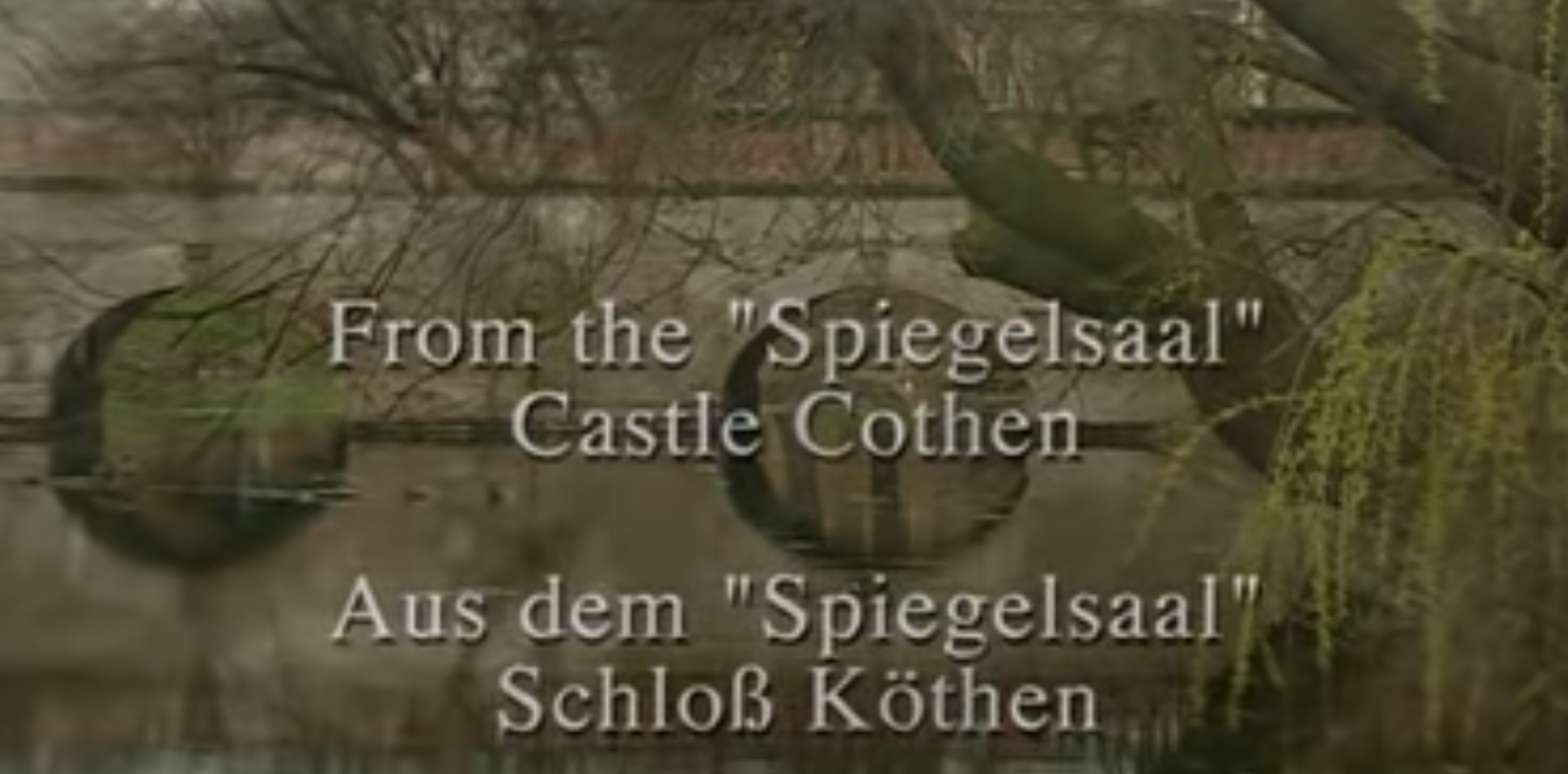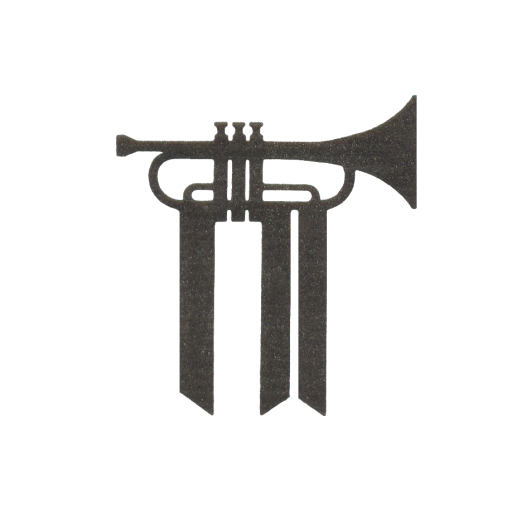Johann Sebastian Bach
The first recording gives us an overview of Bach’s life and contributions, so I won’t write too much of his life history – hopefully this will come alive through this recording and narrated by one of UK’s foremost conductor’s – John Eliot Gardiner
The second recording is of the famous Toccata and Fugue in D minor for organ. The Toccata and Fugue in D minor, BWV 565, is a piece of organ music written, according to its oldest extant sources, by Johann Sebastian Bach (1685–1750). The piece opens with a toccata section, followed by a fugue that ends in a coda. Scholars differ as to when it was composed. It could have been as early as c. 1704.
Listen
4 Videos




